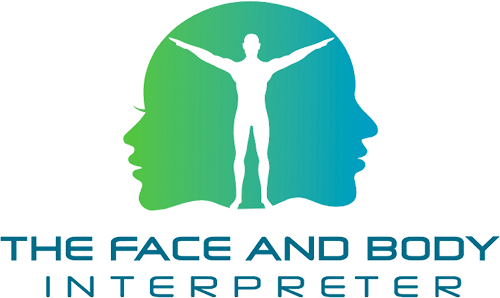
Hermann Muller the founder of Psychosomatic Therapy Training in Australia, would often say, “the training itself is the therapy”. Whilst learning a skill you are also reclaiming parts of yourself which you may have left behind. The approach is one of empowerment and using the curious mind to bring you back home to yourself. Psychosomatics is the Mind Body Connection. “Psyche” – the Mind/Soul, “Soma”, the Body coming from the Greek words “psyche and somatikos”.
What is Psychosomatic Therapy?
Psychosomatic Therapy works on the principle that the Body Mind and Soul is one. Considering one without the other provides only part of the story for interpretation. Our “mind” and “body” can in fact have two different stories, that can impede healing, if we only listen to one. Yet at the same time, the reason this has occurred is to create safety and protection of the individual at an earlier time in life.
Unconscious Patterns
Patterns from our younger years, may be firmly embedded in our unconscious programming, so we are unaware of why we do, what we do. You will hear this when you ask someone about how they feel, and they justify or tell you what they think, rather than how they feel. They may not be able to explain the feelings or even access them, as the mind has taken a powerfully protective stance.
Long Term suppression of emotions
Long term suppression and denial can show up in the body, and will often present as body pain, tension or challenges which have no “physical” reason for being there. In the past this was referred to as “it is all in your mind” but in fact a more accurate term would be “it is all in your body”. Long term suppression can be read by a trained therapist, and allows them to stay on point, with questions they ask their clients. The frequency in which a theme appears in a person’s face/body is significant as it provides greater insights the more times it is seen. An example of this would be:
- Feet very close together
- A high pitch voice
- Arms protectively guarding their solar plexus
- Downward eyes
The combination of these four points shows a lack of confidence and not feeling they have the birth right to take up space and be seen.
My experience teaching Psychosomatics
With over a decade of teaching Psychosomatic Therapy Training, I have pondered on why this process creates such effective lasting changes to the students and clients of Psychosomatic Therapy. Listed below are a few things which I believe are the ingredients for such major transformational changes to take place. As we change attitudes, behaviour changes, as behaviour changes the personality changes, as the personality changes so too the body form changes, as the body form changes we respond to ourselves differently, and the feedback we receive from others also changes. Change occurs at a cellular level, creating new neurological pathways.
Listed below are some of my insights
- If we have never been shown it, we may not know how to access it
- If we have been shown it, but the environment hasn’t been a safe environment to explore, we may reject it
- We may reject it, if we don’t feel safe
- We know we are safe, but that can be intellectual, and the body can have a different dialogue.
- Gaining understanding through the educational process how to recognise your own triggers, both the “root” and “route” it takes allows you to bring unconscious patterns to the conscious mind. Psychosomatics assists in the exploration of “where have I gone”, “what are my default coping patterns”.
- The educational process itself is not enough, but combining this with awareness, whilst working with the physical body. Breathwork, walking, posture, voice, pitch and tone, left brain, right brain activities all create embodied awareness.
- Creating a safe environment, allows people to go outside of their comfort zone and explore new ways of experiencing themselves and others.
Messages from the Body
Amongst the Psychosomatic Therapists and Teachers, you will also commonly hear “Trust the Process”. It is not about “knowing the client’s story”, it is about being able to read the messages the body is sending through “body tension, pain, habitual patterns, posture, breathing” and conveying this in a non-judgemental way so that the client/student can receive, feel into, and take what is appropriate for them.
Non-Verbal Communication
The other incredibly important area is to catch the non-verbal body language and listen to the words people use, in how they speak to themselves. This internal dialogue shapes the internal environment of receptivity. When a person speaks with harsh judgement, criticism, disgust, self-loathing, it plays havoc in the body. This dialogue does not allow for the body to be a safe place. Sometimes the body won’t feel safe, due to external reasons, but when it doesn’t feel safe from the internal environment, we are talking a whole new level of challenge. Psychosomatically speaking, to understand the conditions of the body, we need to understand the internal landscape, what is like in there.
For more information on Psychosomatic Therapy Training, go to https://www.thefaceandbodyinterpreter.com/course/psychosomatic-therapy-training-course/


